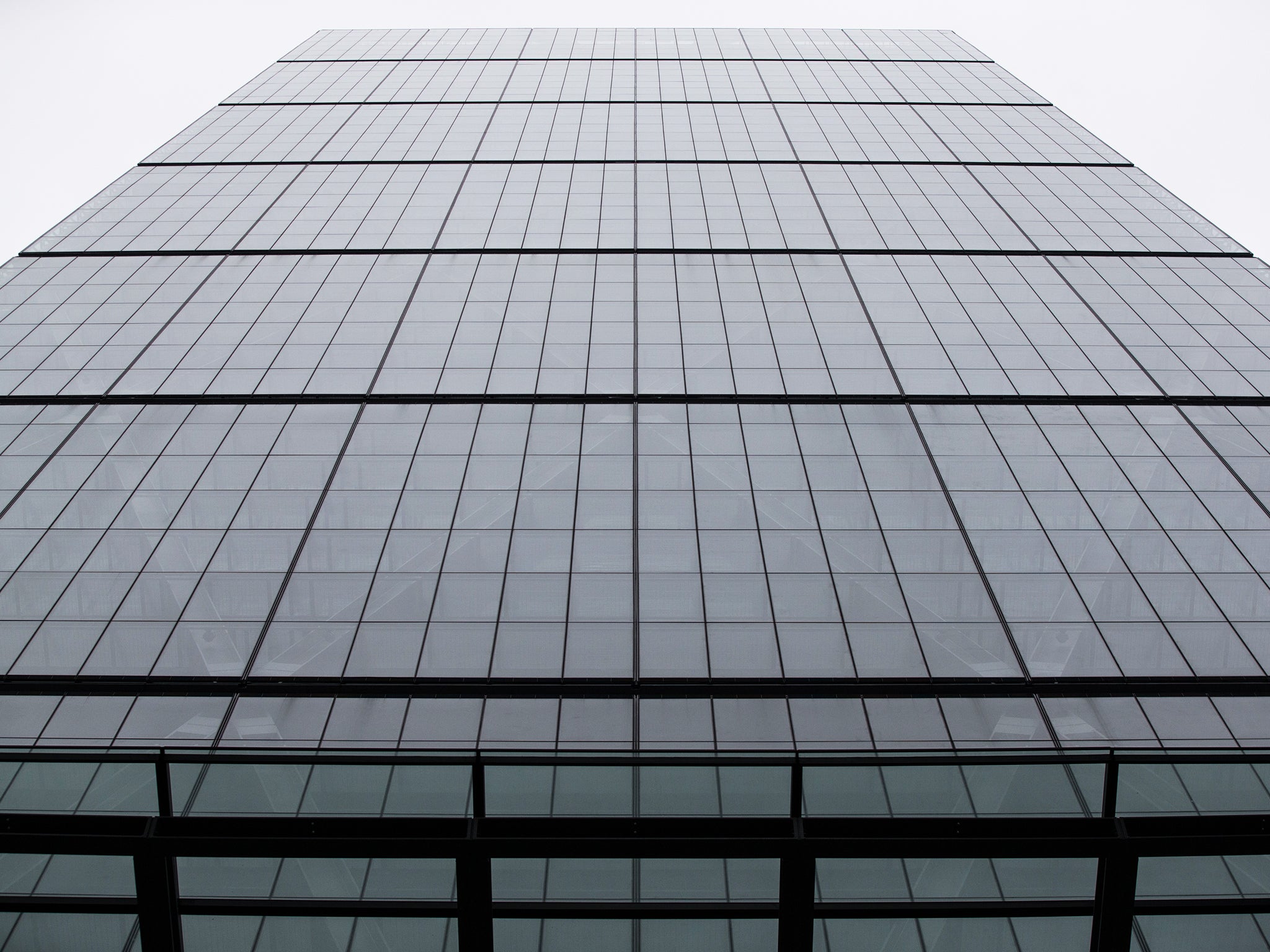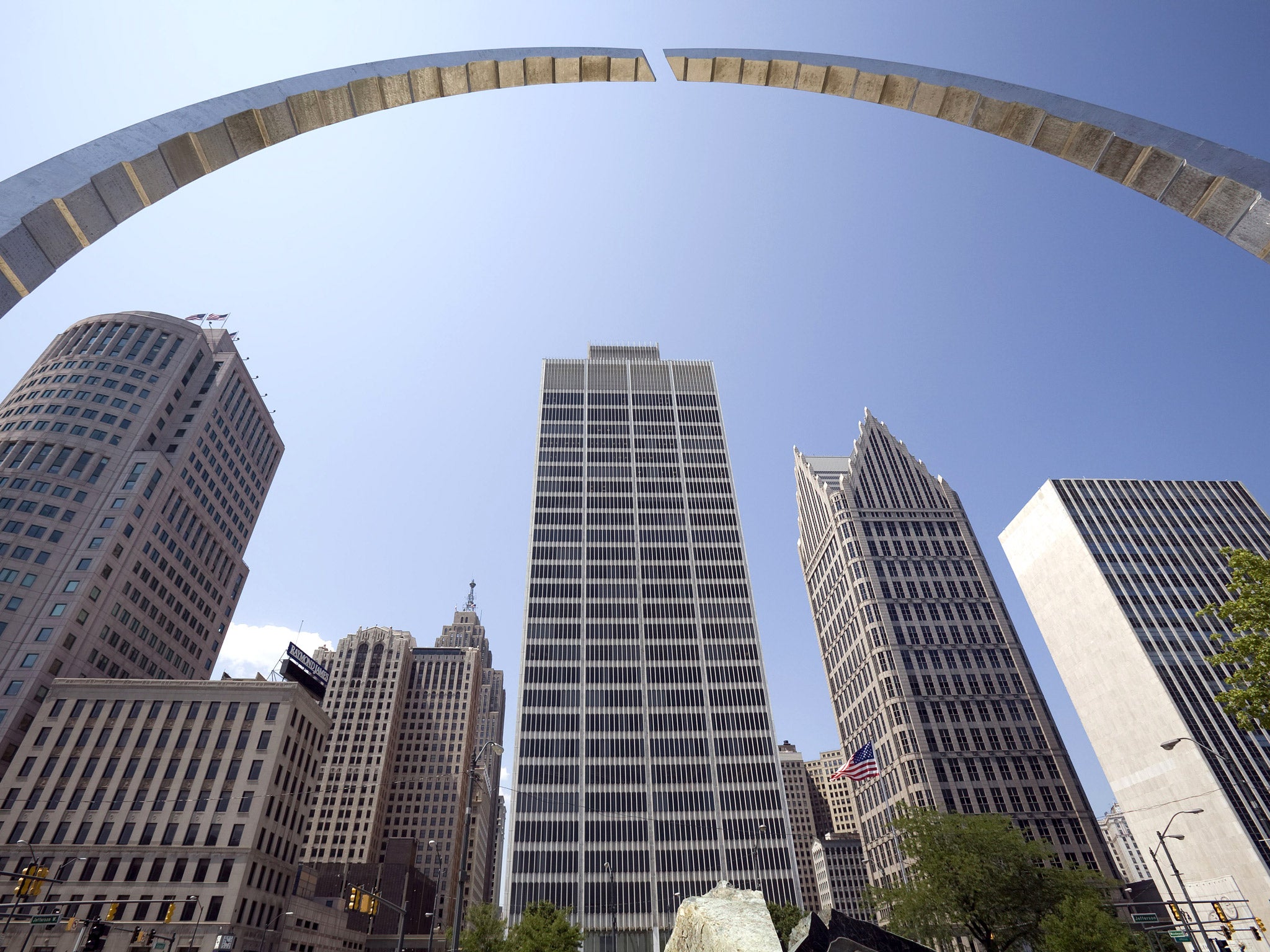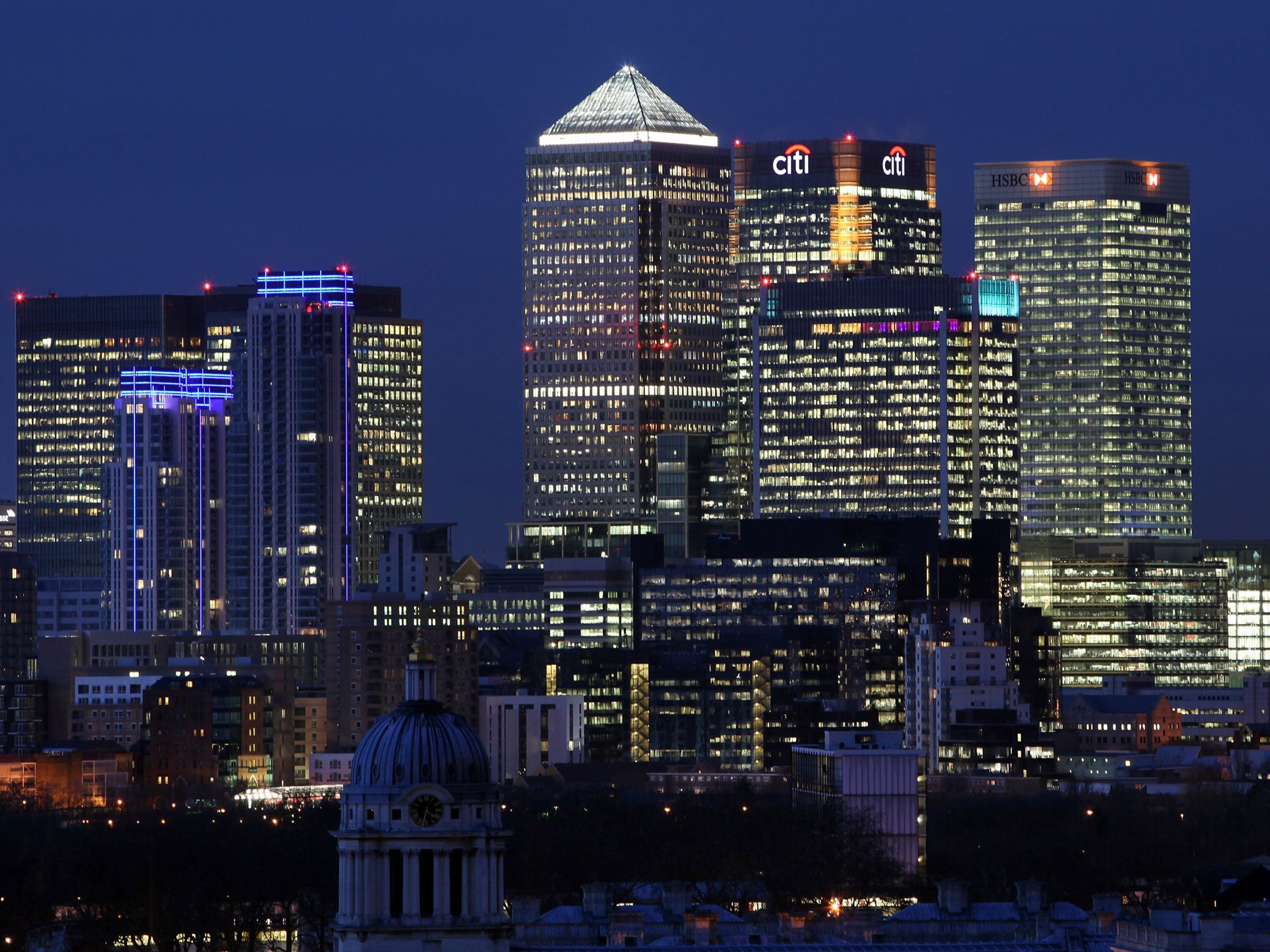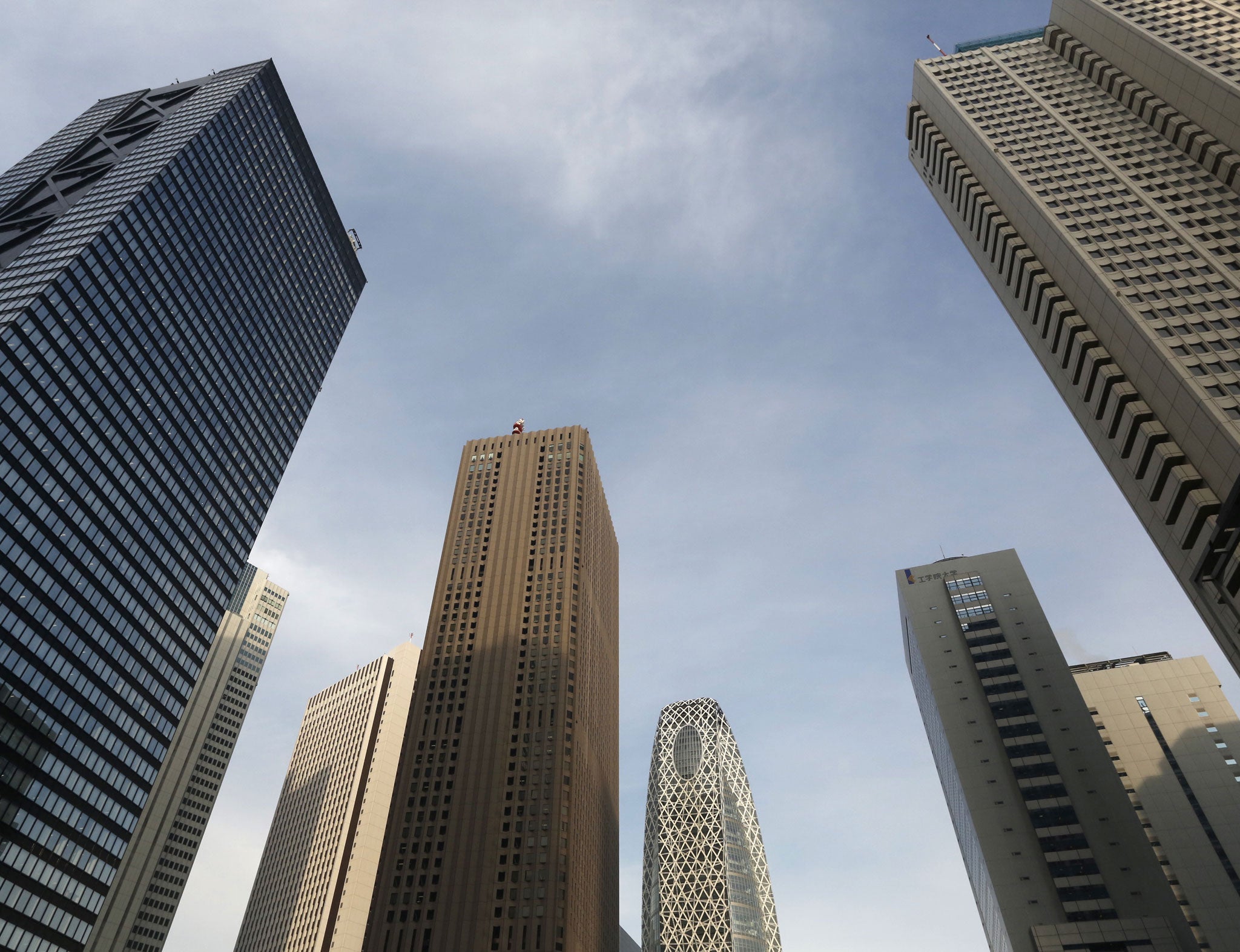Dubai skyscraper fire: How are supertall constructions built to withstand blazes?
There have been no reported injuries from the Dubai Torch building fire

A fire in what was once the world’s tallest residential skyscraper in Dubai has brought the safety measures of these soaring buildings back into the spotlight.
The fire, which is believed to have broken out on the 52 floor before spreading, was quickly brought under control by local fire-fighters. Despite terrifying images of falling debris, whipped by winds, there have been no reported deaths – or even injuries.
It is a testament to the evolution of skyscraper construction, often cited as the forefront of architectural design.
Since 9/11 architects have sought – more than ever – to improve safety and evacuation possibilities in these tall builders.

The dangers of skyscraper fires
Fires in high-rise buildings present a number of significant challenges to fire crews. Firstly, and most obviously, the sheer height of these buildings means that crews’ water hoses are often unable to reach the flames.
The average fire hose can spray up to 50ft, but a high-rise building is defined as anything from 75ft upwards – and in the case of the Dubai tower over 1,000ft.
Fire-fighters therefore have to enter the building, locating the entrances, exits, stairwells, before they can even begin fighting the outbreak. These minutes could allow the fire to spread further and prevent fire crews from knowing the severity or location of the outbreak.

Ok, so how are fires fought at such heights?
To combat this, engineers and architects design the buildings so that fires are contained, limiting the spread of flames, gas or smoke in a process known as “fire compartmentation”.
The rough rule of thumb is that any outbreak should be able to burn itself out without external intervention, and without the building collapsing, allowing for the evacuation of occupants above and below the fire.
This strategy means that (for example) elderly or disabled residents can be “defended in place” when they are 200 stories up. It also leads to the counter-intuitive notion that were you to be in a supertall building during a fire, your best course of action may be to stay put.

‘Fire compartmentation’ strategy
Building are constructed with fire-resistant features, such as automated doors – which close when a fire is detected – or barriers throughout floors that are designed to slow fires.
Among the most dangerous high-rise fire outbreak occur in office blocks, where large open-plan floors allow flames to spread easily and terrifyingly quickly.
Many skyscrapers are constructed like metal boxes within metal boxes (although this is changing as more innovative design becomes widespread) in buildings such as these however, each ‘box’ is protected by fire-proofed material that helps contain the outbreak.
Skyscraper construction in the wake of 9/11
Freedom Tower, the building that now occupies a site just north of the Twin Towers, contains a number of specific features as a direct result of the previous buildings collapse. These features indicate the changing attitude to design.
A dedicated staircase for the emergency crew runs up the core of the building. This core, pressurised and protected by 3ft extra-strong concrete walls, combats fire-fighters being unable to access the flames.
The design of the Burji Kalifa, a 168-floor tower also in Dubai, was affected by 9/11. In the case of a fire occupants travel to designated ‘refuge areas’ on each floor before taking lifts (named ‘lifeboats’) down to exits on the ground floor.
This innovation directly contravenes traditional wisdom that you should never take a lift during a fire as the electronics will be affected by the water needed to fight the flames.

Information is vital
One of the key lessons learnt from the collapse of the Twin Towers in 2001 was the scarcity of information that the emergency crews had access to. Despite the building being full-fitted with smoke alarms, security cameras and air condition systems none of these were set up to deliver information to the fire-fighters.
Now technology has been developed to allow crews to access this information.
Join our commenting forum
Join thought-provoking conversations, follow other Independent readers and see their replies
Comments